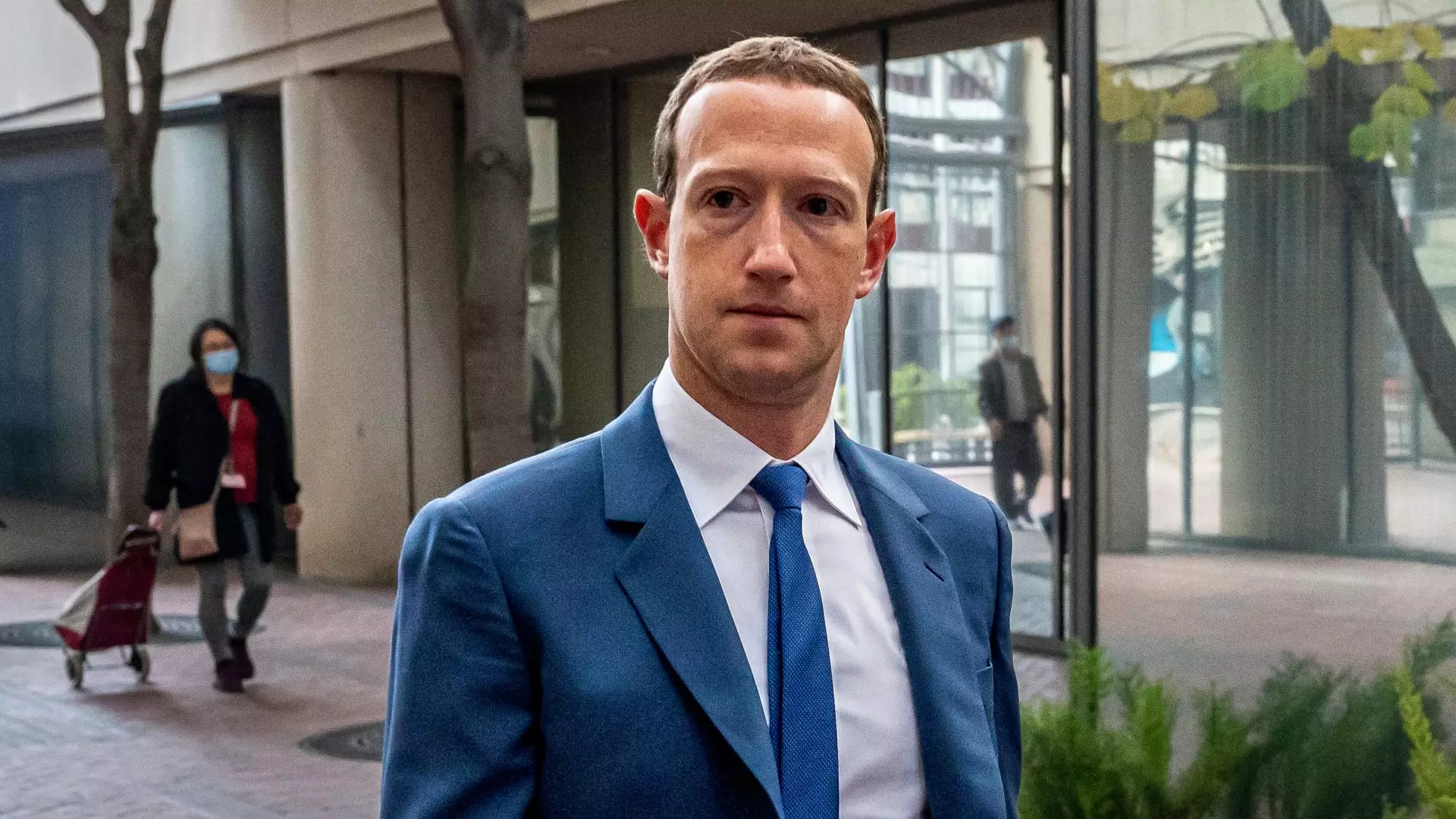In an era where misinformation and deepfakes continue to plague social media platforms, Meta is taking a proactive step to identify AI-generated content. As the company gears up for upcoming elections worldwide, it aims to weed out false narratives and manipulated visuals. Meta recently announced that it is building tools to detect AI-generated images on Facebook, Instagram, and Threads, expanding beyond its previous focus on images produced using its own AI tools. This development signifies Meta’s commitment to combating misinformation and ensuring the authenticity of visual content on its platforms.
Meta’s latest endeavor involves partnering with prominent players in the AI industry, including Google, OpenAI, Microsoft, Adobe, Midjourney, and Shutterstock. By collaborating with these companies, Meta aims to develop comprehensive and scalable tools for identifying AI-generated content. Labels denoting the presence of AI-generated images will be applied to content across various languages on each app. Nevertheless, the implementation of these labels will not be immediate; Nick Clegg, Meta’s president of global affairs, states in a blog post that the labeling process will commence “in the coming months” and continue into the next year. This extra time will be crucial for establishing common technical standards among AI companies, ensuring accurate identification of AI-generated content.
The urgency to combat misinformation and manipulated visuals stems from the 2016 presidential election and subsequent events. Facebook faced significant backlash as foreign actors, predominantly from Russia, exploited the platform’s vulnerabilities to disseminate highly charged and inaccurate content. Since then, Facebook has been repeatedly targeted during critical moments, such as the Covid pandemic, where misinformation spread like wildfire. Holocaust deniers and QAnon conspiracy theorists found a platform to amplify their dangerous rhetoric. Therefore, Meta’s proactive stance is essential to preemptively address the potential misuse of advanced technologies during the 2024 election cycle.
Although some AI-generated content is easily detectable, the complexities of identification extend beyond text and images. Services claiming to identify AI-generated text have exhibited biases against non-native English speakers. Similarly, detecting AI-generated images and videos poses considerable challenges. Meta acknowledges that certain indicators can help identify such content, but the presence of invisible watermarks and specific metadata on AI platforms provides a greater degree of certainty. However, the problem of removing watermarks persists, and Meta is actively working on developing classifiers to detect AI-generated content even without these invisible markers. Furthermore, the company aims to explore methods that make it more challenging to remove or alter invisible watermarks, thus minimizing the risk of content manipulation.
The battle against misinformation extends beyond static images, with audio and video content posing even greater obstacles for detection. Currently, there is no industry standard that requires AI companies to incorporate invisible identifiers in audio and video. As a result, identifying and labeling AI-generated audio and video content from other companies prove to be tremendously difficult. To address this limitation, Meta plans to provide users with the option to voluntarily disclose if they upload AI-generated video or audio. Failure to disclose the use of deepfakes or other AI-generated content may result in penalties imposed by the company. In cases where digitally created or altered content poses a substantial risk of deceiving the public, Meta intends to add more prominent labels as necessary, emphasizing the importance of transparency and accountability.
Meta’s expansion of efforts to identify AI-generated photos is a significant step towards combating misinformation and deepfakes. By partnering with leading AI companies, they aim to establish common technical standards and develop robust tools to identify such content. The challenges surrounding detection of AI-generated content, including the biases observed in text analysis and the complexities of watermark removal, necessitate ongoing development and innovation. As we navigate the intricate landscape of misinformation, Meta’s proactive measures and commitment to authenticity provide hope for a more informed future.

Leave a Reply